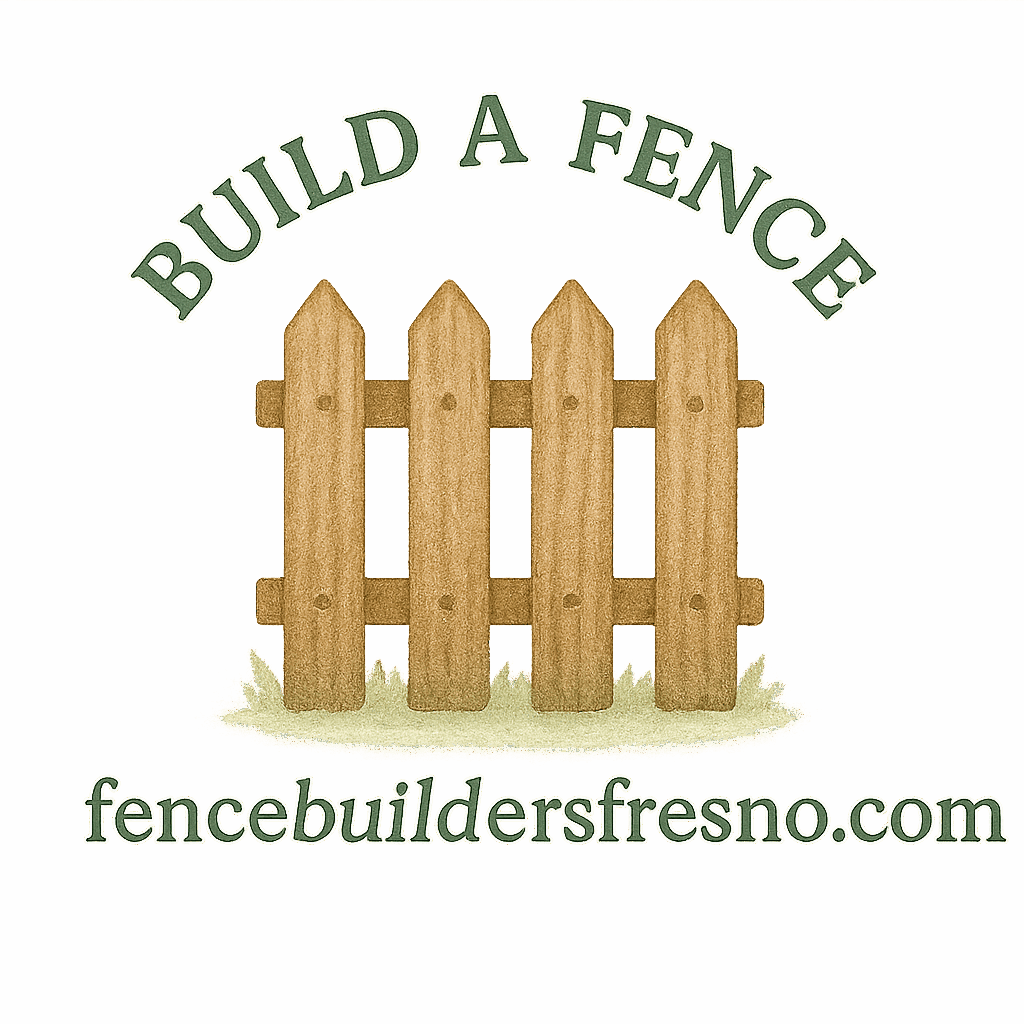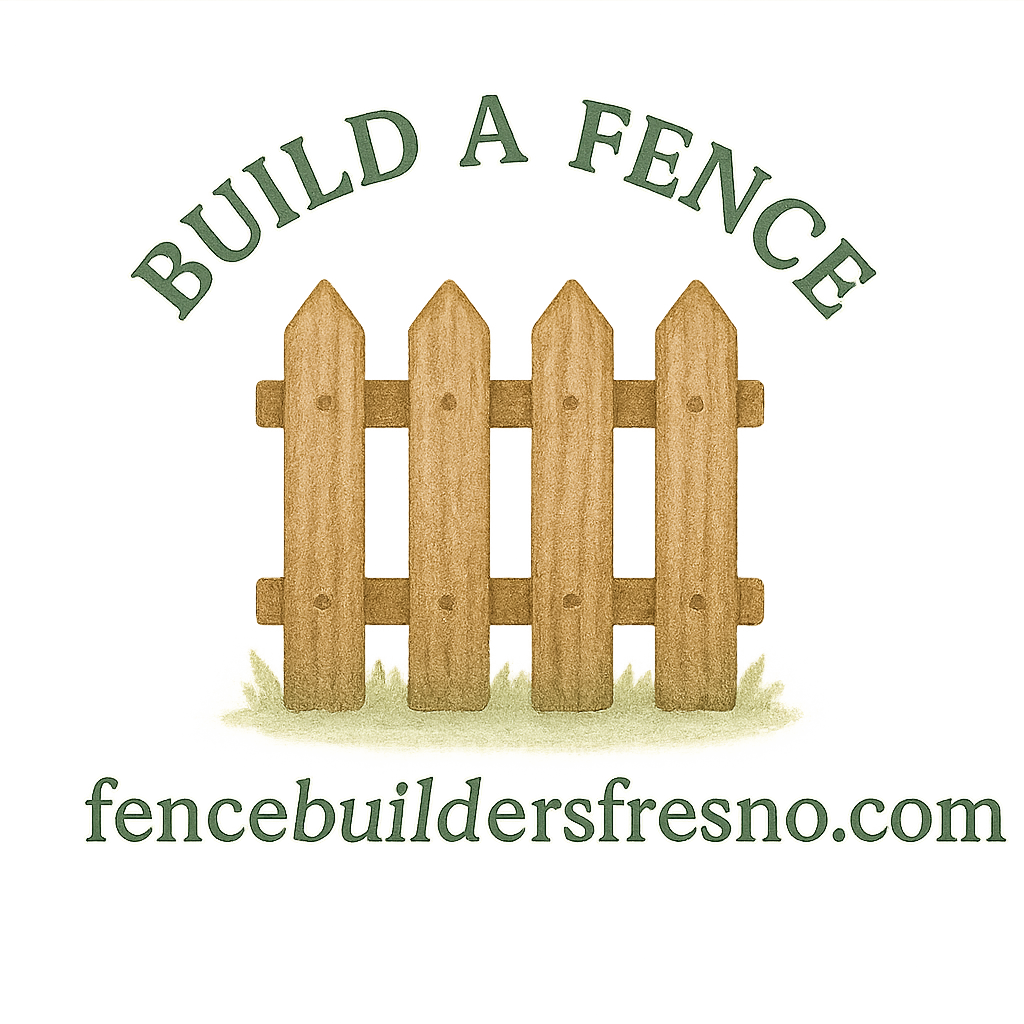Introduction
So, you finally finished your fence project. Nice work! DIY fencing planning and installation isn’t easy—it takes vision, effort, and a good set of tools. But here’s the truth: once the posts are in and panels are up, your job isn’t completely over. Just like a car needs regular maintenance, your fence needs ongoing attention to stay strong and attractive.
In this guide, we’ll dive into 8 signs your fence needs attention after DIY fencing planning. We’ll also share tips on spotting trouble early, fixing common problems, and when it’s smart to call in professionals like Fence Builders Fresno.
Why DIY Fencing Planning Doesn’t End After Installation
A fence doesn’t live in a bubble. It faces sun, rain, wind, soil movement, pets, and curious neighbors. Even if you followed the fence building basics perfectly, maintenance is non-negotiable. Without it, you risk leaning posts, rotting wood, or disputes about property lines.
Sign 1: Leaning or Uneven Fence Posts
Causes of leaning posts
Posts usually lean due to shifting soil, shallow installation, or water pooling at the base. If you rushed the footing stage during your DIY fence project, posts may start tilting faster than expected.
How to fix leaning posts
Reinforce posts with new concrete, add gravel for drainage, or use steel anchors. If the post itself is rotting, replacement is your only real fix.
Sign 2: Loose or Wobbly Fence Panels
Why panels become unstable
Wind stress, loosening fasteners, and natural ground shifts are the usual suspects.
Repair solutions for loose panels
Tighten screws, use new brackets, or replace warped pickets. If you chose a wood fence, regular upkeep prevents panels from weakening over time.

Sign 3: Visible Rot or Decay in Wooden Fences
Identifying early signs of rot
Rot starts as soft spots, discoloration, or crumbling edges, often near the ground.
Preventing future wood damage
Apply weather-resistant stains or sealants, trim back plants to improve airflow, and follow wood fence care best practices to extend life.
Sign 4: Rust or Corrosion on Metal Fences
Common rust-prone areas
Hinges, screws, and bottom rails collect moisture, making them hot spots for rust.
How to treat and prevent rust
Sand, repaint with rust-proof coatings, and check drainage. Choosing durable fencing materials from the start can reduce future rust problems.
Sign 5: Cracks or Warping in Vinyl Fences
Why vinyl fences crack or warp
Extreme temperature swings and direct impacts cause most vinyl damage.
Maintenance tips for vinyl fences
Clean gently with soap and water, avoid harsh chemicals, and check out vinyl fence options that include UV protection.
Sign 6: Gate Trouble – Sagging or Sticking
What causes gate misalignment
Sagging gates often result from loose hinges, soil shifts, or weakened support posts.
Simple DIY fixes for gates
Reinforce with diagonal bracing, tighten hardware, or realign the latch. If the issue persists, consider a fence repair service.
Sign 7: Fence Encroachment and Property Line Issues
How to check property boundaries
Use survey maps or contact your local property office. Installing a fence outside your property lines can cause headaches with neighbors.
Legal steps to resolve disputes
If you discover an encroachment issue, start with a friendly chat. If that fails, you may need mediation or legal action under property rights law.
Sign 8: Overall Wear, Tear, and Aesthetic Decline
Signs of an aging fence
Peeling paint, fading color, cracks, or bent rails show your fence has endured one too many seasons.
When it’s time for a full replacement
If repairs cost more than half the price of a new one, replacement makes sense. A fresh fence installation can instantly boost curb appeal.
DIY vs Professional Fence Maintenance
When to handle repairs yourself
Quick fixes like tightening screws, repainting, or replacing a few pickets are DIY-friendly.
When to call a fencing expert
If your fence is leaning badly, has widespread rot, or involves legal fencing concerns, it’s better to call Fence Builders Fresno.
Preventive Maintenance Tips for Long-Lasting Fences
Seasonal inspection checklist
- Spring: Repair winter damage
- Summer: Watch for UV fading
- Fall: Clear leaves and prep for storms
- Winter: Reinforce against snow and ice
Protective treatments and coatings
Use sealants, rust-preventive paint, and UV shields. Regular upkeep tips can double your fence’s lifespan.
Cost of Ignoring Fence Repairs
Impact on property value
A broken-down fence lowers curb appeal and reduces resale value.
Increased long-term expenses
Skipping repairs today often means replacing your fence tomorrow—which can cost far more than ongoing fence maintenance.
Conclusion
DIY fencing planning is rewarding, but it’s only the beginning. By spotting these 8 signs your fence needs attention, you can avoid expensive repairs, keep your property secure, and maintain your home’s beauty. Whether you’re dealing with leaning posts, rusty hinges, or legal disputes, the key is action—don’t wait until the fence fails.
Like a good neighbor, a strong fence makes life easier. Give yours the care it deserves, and it will serve you for years.
FAQs
1. How often should I inspect my fence?
Twice a year—once in spring and once in fall.
2. How long does a wood fence last with proper care?
With consistent fence maintenance, 15–20 years is achievable.
3. Can I fix a leaning fence without replacing the posts?
Sometimes bracing works, but rotten posts must be replaced.
4. How do I prevent vinyl fences from warping?
Choose UV-protected vinyl fences and avoid heavy impact.
5. What’s the easiest fence to maintain?
Vinyl is the lowest maintenance, followed by metal. Wood requires the most care.
6. What should I do if my fence encroaches on a neighbor’s yard?
Review legal property considerations and resolve the dispute quickly.
7. When should I replace my fence instead of repairing it?
If repairs cost more than 50% of a new fence, replacement is the smarter investment.


